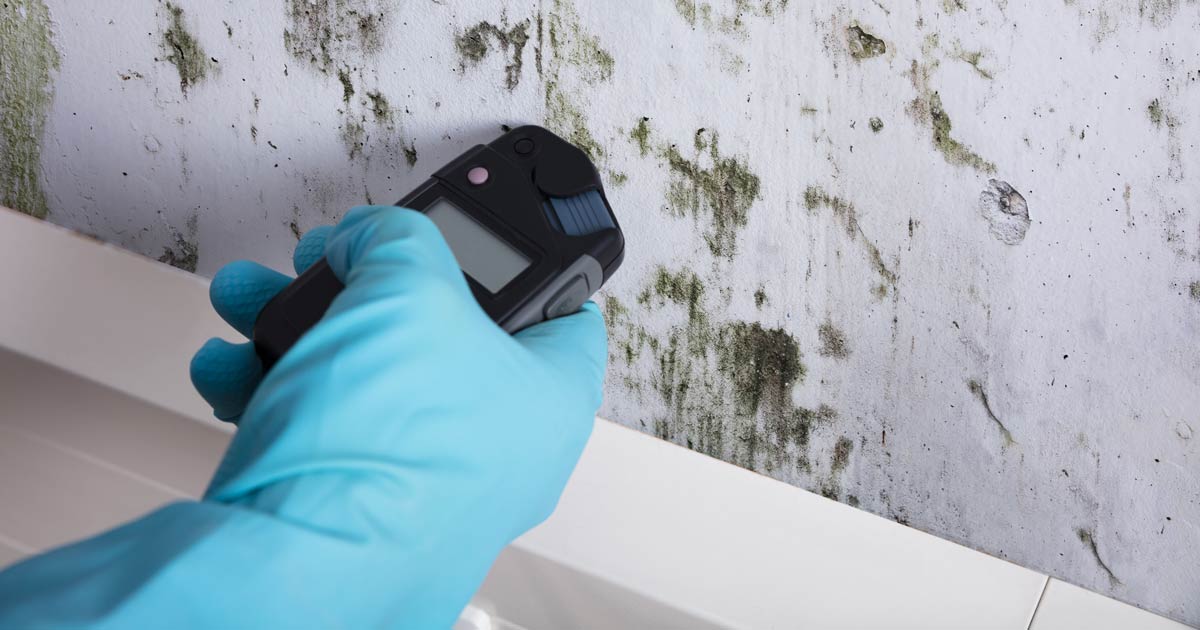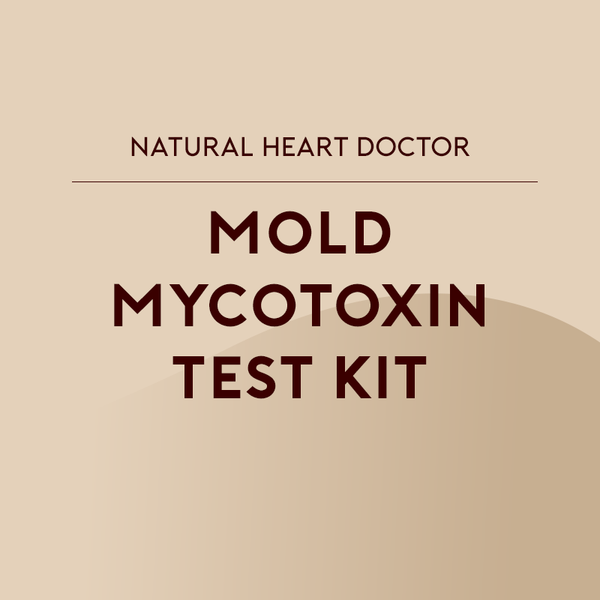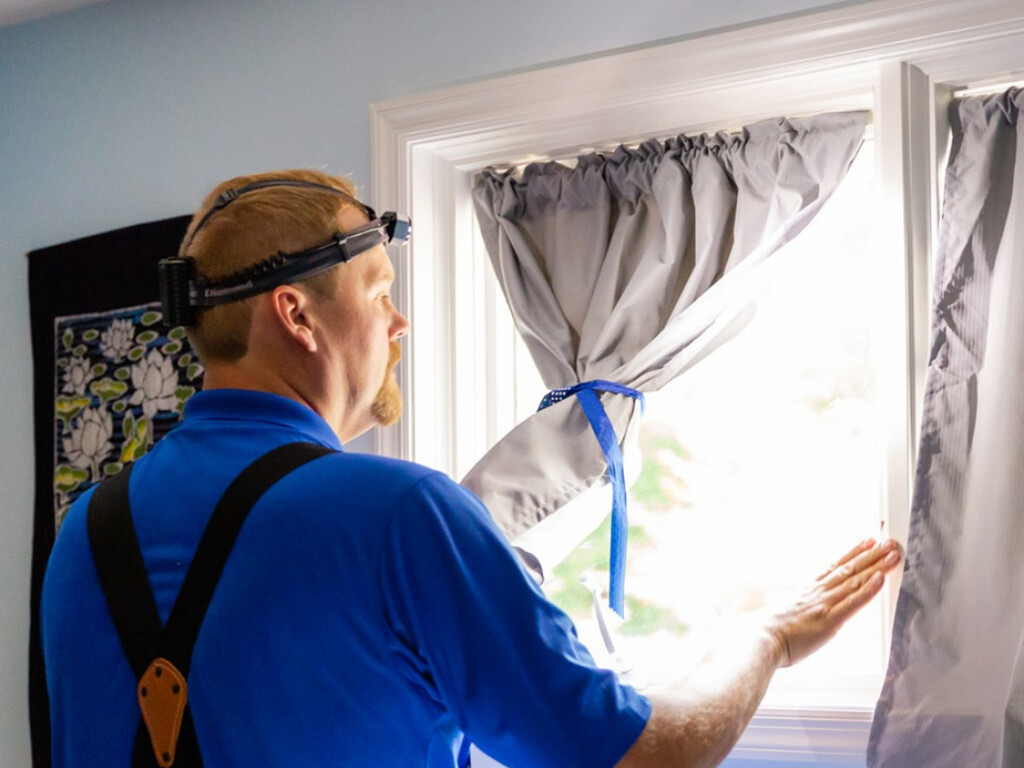Maximize Your Compliance with Relied on Mycotoxin testing Services Solutions
Maximize Your Compliance with Relied on Mycotoxin testing Services Solutions
Blog Article
Just How Mycotoxin Screening Helps Avoid Contamination and Secure Food Products

Mycotoxin testing is an important method in the food market, offering as a frontline protection versus contamination by unsafe contaminants created by molds. Through the application of sophisticated techniques like High-Performance Fluid Chromatography (HPLC) and Liquid Chromatography-Mass Spectrometry (LC-MS), food manufacturers can precisely evaluate and find mycotoxin levels in agricultural items.
Recognizing Mycotoxins
Comprehending mycotoxins begins with acknowledging that they are toxic secondary metabolites generated by certain molds, which can contaminate farming items. These metabolites are not important for the development or reproduction of the fungis yet can have serious ramifications for human and animal health and wellness. Mycotoxins are frequently discovered in staple plants such as corn, wheat, barley, and nuts, where they can proliferate under specific problems of dampness and temperature.
There are numerous kinds of mycotoxins, each created by different fungal varieties. Fusarium varieties create trichothecenes and fumonisins, both of which are linked with various intense and persistent health and wellness issues.

Threats of Mycotoxin Contamination
The risks of mycotoxin contamination are diverse, presenting substantial threats to both food safety and security and public health and wellness. Mycotoxins, hazardous substances generated by certain types of fungis, can pollute a wide variety of agricultural products including grains, nuts, seasonings, dried out fruits, and coffee.
Economic impacts are another significant problem. Polluted plants can result in substantial monetary losses for farmers and food manufacturers as a result of minimized yields and the requirement for costly decontamination steps. International profession can be substantially prevented as countries implement rigorous mycotoxin guidelines to protect their populations, leading to turned down deliveries and strained trade connections.
Environmental factors such as environment change aggravate the risk of mycotoxin contamination. Variations in temperature level and moisture can produce desirable conditions for fungal development, boosting the probability of contamination occasions. Thus, understanding and minimizing these risks are essential for ensuring the safety and security and stability of worldwide food products.
Techniques of Mycotoxin Checking
Properly recognizing mycotoxin contamination in farming products is vital for safeguarding public health and wellness and keeping food security requirements. Various techniques are utilized to identify and evaluate mycotoxins, each offering certain advantages and limitations.
High-Performance Liquid Chromatography (HPLC) is a widely utilized technique due to its high sensitivity and accuracy. It entails separating mycotoxins from various other materials in a sample, enabling accurate metrology. Likewise, Liquid Chromatography-Mass Spectrometry (LC-MS) incorporates liquid chromatography with mass spectrometry to supply thorough molecular info, making it particularly helpful for determining several mycotoxins simultaneously - Mycotoxin testing Services.

Gas Chromatography-Mass Spectrometry (GC-MS) and Thin-Layer Chromatography (TENDER LOVING CARE) are additionally utilized, each with unique applications. GC-MS works for unstable mycotoxins, while tender loving care provides an easier, economical alternative for initial screening.
Advantages of Normal Checking
Routine screening for mycotoxins in agricultural products supplies numerous advantages, considerably adding to public health and food security. By identifying contamination early, normal screening helps prevent the circulation of toxic foods, thus reducing the danger of mycotoxin-related ailments amongst consumers. This proactive strategy not only safeguards human wellness but also enhances the total quality of food materials.
Various countries and regions have developed stringent limitations for mycotoxin levels in food and feed. Sticking to these limits via routine testing makes sure that manufacturers and suppliers meet lawful criteria, thus preventing charges and profession obstacles.
Additionally, normal mycotoxin screening can result in considerable financial benefits. Early detection of contamination enables for prompt treatment, reducing prospective losses from extensive contamination. Executing regular testing protocols can also minimize recall prices and related obligations, blog which can be monetarily devastating.
In addition, regular testing supplies beneficial information that can educate far better farming methods and storage space conditions. By recognizing patterns of contamination, manufacturers can embrace preventative steps, thereby lowering future dangers and contributing to the sustainability of the food supply chain.
Executing Evaluating Procedures
Implementing effective mycotoxin screening protocols is critical for making sure the safety and security and top quality of farming products. Each stage should be looked at to pinpoint where mycotoxin contamination is most likely to take place.
As soon as vital control factors are recognized, picking appropriate screening methods is crucial. Common methods include enzyme-linked immunosorbent assay (ELISA), high-performance liquid chromatography (HPLC), and mass spectrometry (MS) Each approach has its strengths and weak points; hence, choosing the correct one relies on the particular mycotoxin being evaluated, the called for level of sensitivity, and readily available resources.

Last but not least, incorporating the testing methods right into a thorough food safety and security monitoring system is advisable. This enhances traceability and makes it possible for quick corrective activities when contamination is identified, thereby guarding the stability of the food supply chain.
Final Thought
Mycotoxin screening is vital in protecting against contamination and safeguarding food materials by allowing early discovery of damaging toxic substances generated by molds in farming products. Advanced methods such as HPLC and LC-MS guarantee conformity with safety and security guidelines and safeguard customers from health and wellness threats. Normal testing enhances brand reputation, monetary stability, and rely on food security by reducing contamination-related losses and maintaining high criteria in food manufacturing. Implementing strenuous screening methods is hence necessary for the industry's general wellness.
Mycotoxin testing is an important method in the food industry, offering as a frontline protection versus contamination by unsafe toxic click for more info substances created by molds. An incorporated strategy entailing agricultural practices, storage space administration, and routine screening can mitigate the threats connected with mycotoxin contamination, ensuring food safety and public health and wellness.
The risks of mycotoxin contamination are multifaceted, posturing substantial threats to both food security and public wellness.Normal screening for mycotoxins in agricultural items offers numerous benefits, significantly adding to public wellness and food safety and security.Mycotoxin testing is vital in stopping contamination and safeguarding food supplies by go to my site enabling very early discovery of hazardous toxins created by molds in farming items.
Report this page